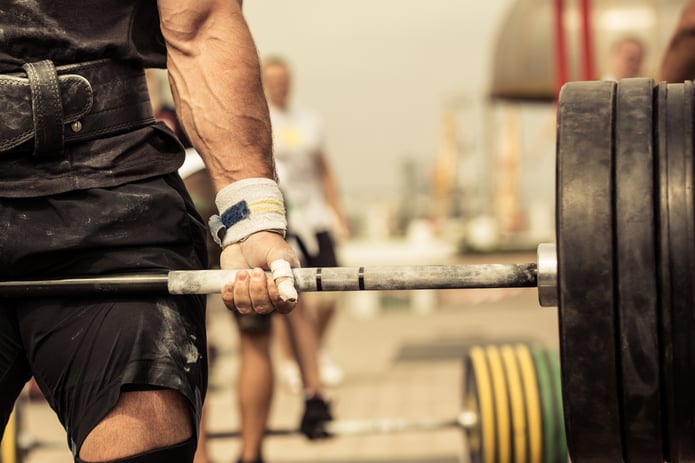Crucial Data for Ultimate Performance Under Fatigue
In our second article about “Measuring Movement Quality”, we talked about how there is no single correct way to perform a movement, whether it’s an athletic skill or something as common as walking. A given person will always adapt their movement to the specifics of their environment so that the outcome they want – whether walking in a straight line or shooting a basketball – is consistent.
This does not mean that human movement is ruled by nihilism. While any movement has a range of variability, that range must still be controlled. There are safe and desirable patterns, and there are inefficient or injurious patterns.
When you are training people to perform well under extreme fatigue, this becomes especially important. We rarely break down and injure ourselves when we are fresh. It happens when we are fatigued and our reflexes are slowed.
The ability to keep a constantly variable, adaptive movement pattern within a strong, safe range of movement even under stress and fatigue is known as movement fidelity.
Movement fidelity and impact on soldiers
Consider a soldier carrying a heavy ruck all night through rugged mountains. When he starts out, he will probably carry the ruck with a stable spine, good head and shoulder position as well as strong, efficient breathing patterns. When he inhales, he will expand equally throughout his chest and mid-back without significantly altering his spinal position. He will maintain balanced tension in his abs so he does not shift too much stress into his lower back.
As he tires, that could start to change. His chest will collapse, his shoulders will slouch, his head will pitch forward, and as he inhales most of the expansion will shift to the lower portion of his ribcage. He will flare out his lower ribs (on the front of his torso) with each inhalation, which will require him to drop tension away from his abs and shift more into his lower back.
This change in spinal position and the balance of tension in his core will alter the manner in which he stabilizes and moves his pelvis, and his pelvis will drop into extension (aka anterior pelvic tilt). This shift in pelvic position will alter his lower body mechanics, and he may begin to experience hip, knee, or ankle pain as his gait changes.
The fatigued soldier is still showing variability in his movement, but his movement has shifted into patterns that are inefficient and potentially quite harmful, especially over the long run.
In contrast, a soldier with strong movement fidelity will be able to maintain good mechanics even when he is tired and will be far more resilient.
Movement fidelity and impact on powerlifting
The same thing can be observed in powerlifters. An elite level powerlifter will display some degree of spinal flexion (rounding of the back) when he pulls a very heavy deadlift off the floor.

An amateur lifter will also often do this, and severely round his back as he pulls the weight. This is terrifying to watch for anyone with some basic knowledge of biomechanics – it can produce some major back injuries.
At a glance, these two people may appear to be displaying similar movement patterns. However, if you look closely, this spinal flexion is different in some crucial ways.
Studies have found that elite powerlifters limit most of the flexion that occurs in their spines to their upper (thoracic) bones. The flexion that occurs in their lower (lumbar) spines stays just a few degrees within the safe limits of the spine’s capacity for flexion. Their spinal discs and muscles stay safe, and they efficiently alter their mechanics to pull a maximal weight from the floor.
The amateur lifter, however, is far less likely to have that kind of control, and will often display the opposite pattern. The lower back flexes beyond its safe range of motion (risking significant disc damage) and the upper spine is less mobile.
When it comes to measuring movement quality, the subtle details in how patterns shift under stress are crucial to controlling training outcomes, and the safety and performance of the athletes involved. It is not enough to count reps, mile times, or bar speed. We must also be able to train athletes at the edge of their ability with an immediate feedback loop that helps them to reflexively correct deviations from strong, safe movement as it happens.
We learn by making mistakes at the edge of our ability, and we can’t learn from those mistakes (in this case, deviations in safe movement) if we can’t immediately observe them. Cipher Skin’s technology creates an authentic feedback loop – in other words, a professional coach watching you and providing immediate corrections in real-time, in your most challenging workouts or missions.


